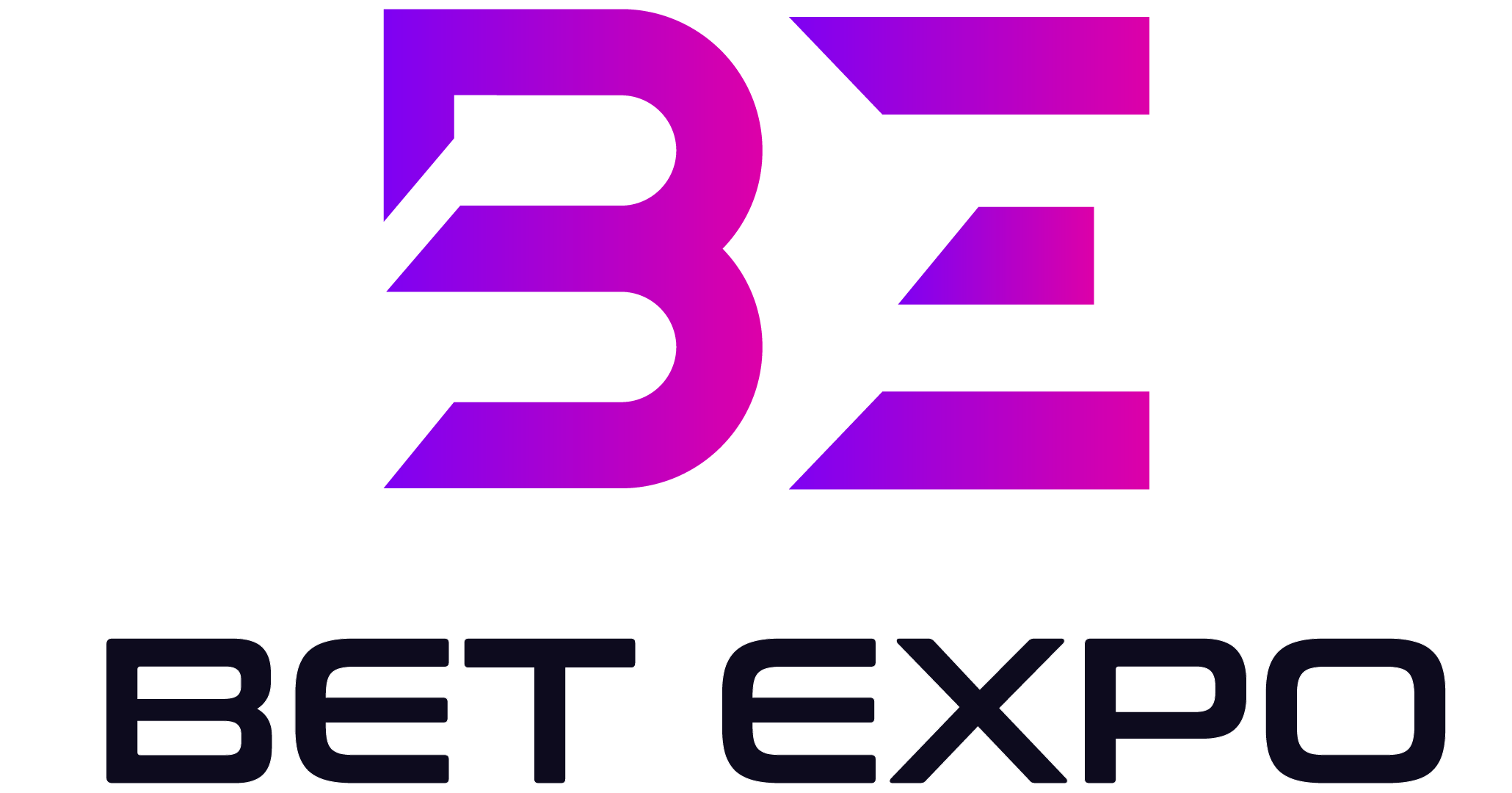The continued rise of eSports has captured the attention of many publishers recently. But what opportunities does this promising scenario offer? In this guide prepared by Mikhail Zhukov, Head of CPM at Adsterra, we will explore the nuances between eSports and traditional Sports, highlighting key opportunities for affiliate marketers.
What are the most effective advertising strategies for digital events and which ones should be avoided? Do eSports represent your next source of profit, or are they just a passing trend with no lasting impact on your affiliate business? And are traditional sports still profitable? We are here to provide the answers.
As esports continues to gain prominence, affiliates and agencies are increasing their returns on investment in iGaming campaigns with Adsterra. Click here and explore unique new traffic sources to enhance your marketing strategy.
Expert analysis: eSports compared to conventional sports
At SiGMA Balkans 2023, Mikhail contributed to the panel “eSports vs Traditional Sports: A Comparative Analysis of Fan Engagement Strategies”.
Along with him, the following were present:
- Oliver de Bono: CEO of Quantum Gaming
- Robert Dowling: EBET Product Director
- Vladan Blagojevic: Business Development Manager at Oddin.gg
During the debate, experts investigated the nuances of professional gaming, highlighting demographic and behavioral differences. They reached a consensus that this market is redefining traditional fan engagement patterns and provided practical tips for publishers looking to reach this audience.
Data about eSports
- Statista projections indicate that the global eSports audience will reach 640 million viewers by 2025.
- With more than 38,000 professional gaming teams around the world, new opportunities for advertising arise, although industry professionals point out that not all of these teams are actively involved.
- Since 2016, the three most profitable eSports teams have earned more than $3 million each. OG (Dota 2) leads the ranking, accumulating US$36.9 million in earnings.
- The global eSports market reached US$1.38 billion in 2022, and is expected to grow to US$1.87 billion by 2025.
- Experts identify North America and Asia as the largest markets, with China contributing around a fifth of total volumes.
- Approximately 45% of eSports viewers are between the ages of 18 and 24. Additionally, a survey of 9,000 respondents reveals that the typical eSports fan is around 20 years old, with 30% having an annual income of over $100,000.
These statistics demonstrate the permanence of eSports, driven by growing popularity and an active and prosperous audience.
The role of eSports in affiliate marketing
Although eSports are revolutionizing the established sports scene, it is important to recognize that they are neither a direct competitor nor an alternative to traditional sports, especially in the context of affiliate marketing.
Context
Sports have a long history, with conversion strategies consolidated over time and a well-defined promotion machine. There are a vast amount of resources available on traditional sports, which minimizes mistakes when joining a new ad platform.
With eSports, affiliates are at the forefront. The more involved you become in esports, the more opportunities you have to develop a robust promotion strategy.
Channels
Promotion channels for traditional sports are well known. You can buy traffic from an ad network and direct it to an iGaming platform’s sign-up page, receiving payment when new users sign up and deposit.
However, the eSports vertical is more complex: you need to target your audience to those interested in a specific game. Thus, in-game promotion becomes one of the best options here.
Audiences
When promoting a classic iGaming offer, we know the buyer’s profile well, we know which event is likely to spark the user’s interest, and we have a large amount of statistics and analysis to support or refute our hypotheses.
eSports unlock completely different audiences in terms of age, behavior and engagement patterns. Many of your potential customers will be under twenty. Therefore, you will need to take an unconventional approach to communicating your advertising message.
In this sense, we will discuss how to approach these new target users.
Strategies for promoting eSports offers
Because engagement patterns are different in eSports compared to traditional sports, affiliates must turn to different techniques to promote offers. This doesn’t mean the entire advertising concept will be different, but the details make all the difference.
1. There’s More Than Just Bonuses
With strategies aimed at traditional sports, the key to success is often engaging fans’ team spirit, piquing their interest in potential benefits and offering a welcome bonus. However, eSports require different approaches.
eSports fans are more like consumers than impulsive gamblers ready to bet immediately. This does not mean that the eSports community is merely a group of passive spectators.
However, to capture their attention, it’s essential to establish a two-way connection by delivering engaging experiences directly in your ads. This could include gamified content, behind-the-scenes videos, or even exclusive products.
When it comes to highly effective ad formats capable of attracting users’ attention, Adsterra offers the best options, such as the proven effective Popunders and Social Bar, a unique format that shows a 20-30% increase in CTR in compared to traditional formats. Learn more about starting a campaign with Social Bar and maximizing your ROI.
2. Fan loyalty is unique
There is no consolidated tradition of supporting eSports teams, and fan loyalty is lower compared to traditional sports. eSports spectators love watching their favorite athletes in action, and their admiration goes beyond skills to the player’s personality.
Game mechanics in eSports play a crucial role, and people primarily engage with a specific set of rules and the philosophy of the game.
3. Targeted engagement
In traditional sports, it is common for people to have varied interests. Someone can watch a football game while checking the national hockey team’s score at the same time. In eSports, this is less common: FIFA fans are generally not interested in DOTA 2.
As audiences engage with a game, they may be more interested in obtaining in-game bonuses or even payouts. This is the case where virtual money can be more attractive than a few dollars in your account.
4. Many new terms and concepts
To advertise, you need to speak the language of your audience. But as eSports opens up a whole new market, affiliates face many unfamiliar words, meanings and rules.
If you are not a gamer, it will be challenging to absorb this plethora of meanings. But instead of Googling “eSports vocabulary,” it’s better to become part of this fantastical multiverse and learn the lingo as you go.
5. The size and age range of the audience
Still, eSports audiences are smaller compared to traditional tournaments. Additionally, many viewers are under 20 and do not have a stable income.
During the COVID lockdowns, there was a significant increase in interest in cyber tournaments, however, since then, the growth in spectator numbers has not been as impressive, only increasing by 5-10% per year.
All of this indicates that affiliates have time to delve deeper into the segment, as exponential growth is not expected in the next 12 months.
6. The importance of internet speed
Live streaming requires fast broadband connections. This is one of the reasons why eSports has not yet become popular around the world, although it is not the main one. We are currently seeing a significant increase in traffic from the countries of the United Kingdom, Canada, New Zealand and Australia, while the United States and Asia continue to be the main players.
7. Market in constant movement
Sports are full of emotion and camaraderie. To date, we are only seeing eSports fan communities grow in strength. We are witnessing the creation of legends right now, and new stories and sensations are about to emerge. What does this all imply?
It means you need to be a savvy trend spotter to stay on top of new teams and players, ensuring you don’t get lost when approaching your customers.
8. Single Communication Approach
Set up targeting, choose an offer, buy traffic, track conversions, and get paid. This is the standard routine when running a classic iGaming campaign. With eSports, however, it is still crucial to determine which traffic source is best suited.
Official platforms such as YouTube and Twitch, as well as streaming sites, impose various restrictions. Our suggestion is to invest in influencer marketing. Influencers – whether journalists, coaches, gamers and local celebrities – can establish a powerful connection with your brand and the eSports community.
9. In-game Promotion versus Traditional Ads
When it comes to advertising a football match, for example, affiliates often resort to the classic FOMO (fear of missing out) effect, offering bonuses or prizes to those who make deposits. Their tactics involve evoking team spirit and increasing engagement using local slang and cheering chants.
However, with eSports, the approach is a little different. What works here is in-game promotion. And, on top of that, the game’s own money.
To complete
eSports is on the rise, driven by technology and an ever-growing audience. Although it still represents a small portion of the affiliate marketing market, all projections indicate one thing: this niche will continue to expand over the next five years.
Currently, effectively communicating a message to the eSports audience through traditional sports channels is not as efficient as in-game techniques. However, affiliates will soon discover more opportunities to thrive with these offers.
Follow the Adsterra channel on WhatsApp and Instagram to stay up to date with the latest news for affiliates in eSports, traditional sports and iGaming.























































